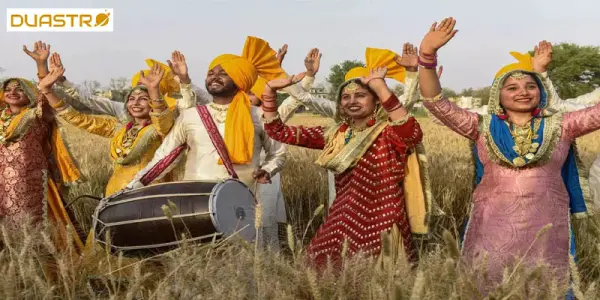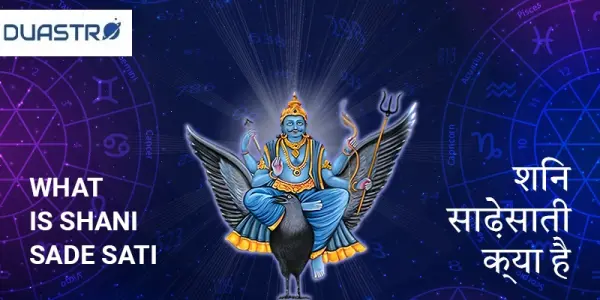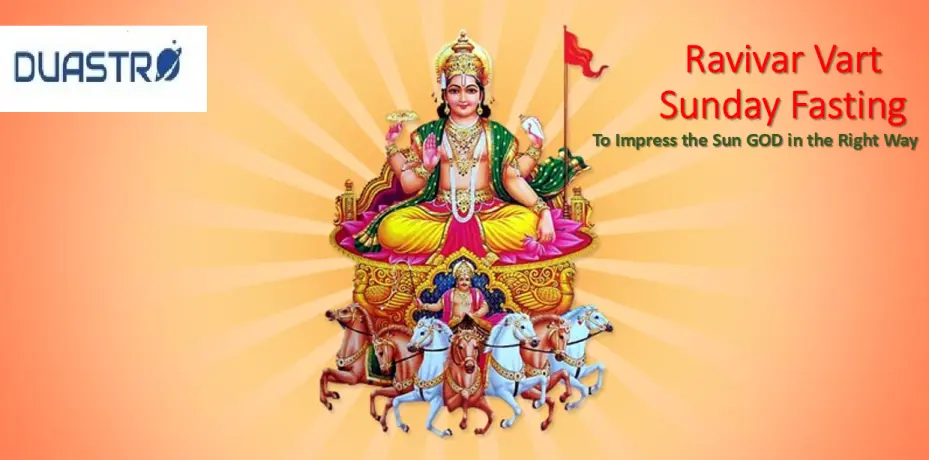Mesha Sankranti or Baisakhi: A Celestial Celebration of New Beginnings
Introduction: Wide Mesha Sankranti & Baisakhi
In the tapestry of Indian festivals Mesha Sankranti & Baisakhi emerge as celestial milestones marking the transition of the solar into the zodiac signal of Aries. This exploration invitations you to dive into the rich history discover the deep benefits & understand the pointers for celebrating Mesha Sankranti or Baisakhi. Uncover the do's & don'ts discover the large dates & solve the FAQs surrounding those auspicious occasions.
Mesha Sankranti: A Solar Transition in Astrology
The Essence of Mesha Sankranti
Mesha Sankranti also called Aries Sankranti indicates the sun's transition into the zodiac signal of Aries. This solar occasion holds astrological importance marking the beginning of the Hindu sun calendar. Celebrated with fervor in diverse areas of India Mesha Sankranti heralds the onset of spring symbolizing new beginnings & vitality.
Astrological Insights: Aries & Mesha Sankranti
In astrology Aries is dominated with the aid of the planet Mars symbolizing power motion & assertiveness. Mesha Sankranti amplifies those Martian traits infusing the surroundings with a lively & colourful electricity helpful to starting up new ventures & endeavors.
Baisakhi: Harvesting Joy & Prosperity
Baisakhi: A Diverse Celebration
Baisakhi mostly celebrated in the northern region of India holds various cultural & religious importance. For Sikhs it commemorates the formation of the Khalsa Panth by way of Guru Gobind Singh Ji in 1699. For farmers it marks the harvest competition rejoicing within the abundance yielded with the aid of the winter vegetation.
Astrological Alignment: Aries & Baisakhi
Baisakhi aligns with the solar's access into Aries mirroring Mesha Sankranti. The celestial energies throughout Baisakhi connect with the assertive & game-changing characteristics of Aries fostering a spirit of renewal boom & gratitude.
History & Traditions: Mesha Sankranti & Baisakhi Unveiled
Historical Significance: Mesha Sankranti via Time
Mesha Sankranti finds point out in ancient texts & scriptures with references within the Puranas & epics like the Mahabharata. The pageant signifies the triumph of light over darkness & the ushering in of a new segment of cosmic balance.
Guru Gobind Singh Ji & the Formation of Khalsa: Baisakhi's Historical Pivot
Baisakhi's historic pivot revolves round Guru Gobind Singh Ji's formation of the Khalsa Panth in 1699. The Guru transformed the event right into a sacred day of initiation instilling ideas of equality braveness & devotion among his fans.
Celebrating Mesha Sankranti & Baisakhi: Guidelines & Traditions
Rituals & Pujas: Mesha Sankranti Observances
Mesha Sankranti rituals cover bathing in holy rivers supplying prayers to the sun god & acting charitable acts. Devotees believe that observing these rituals on Mesha Sankranti brings blessings dispels negativity & ensures a harmonious start to the solar 12 months.
Harvest Celebrations: Baisakhi's Joyous Traditions
Baisakhi's celebrations middle around the joyous harvest festivities. Farmers explicit gratitude for the bountiful harvest with dance tune & traditional rituals. Baisakhi melas (festivals) show off vibrant cultural performances conventional crafts & delectable nearby cuisines.
Dos & Don'ts: Directing Mesha Sankranti & Baisakhi
Dos for Mesha Sankranti & Baisakhi
- Do wake up early & take a ritualistic tub to purify the frame & soul.
- Do give prayers to the sun god expressing gratitude for the electricity & vitality bestowed.
- Do have interaction in charitable acts symbolizing the spirit of giving & network.
Don'ts for Mesha Sankranti & Baisakhi
- Don't engage in negative or harmful activities as those gala's stress wonderful beginnings.
- Don't forget about the significance of community celebrations; participation fosters a sense of solidarity & joy.
- Don't forget to proportion the abundance of the harvest with the ones in want embodying the spirit of sharing & compassion.
FAQs: Clarifying Common Queries
When is Mesha Sankranti usually celebrated?
Mesha Sankranti often falls in mid-April marking the sun's transition into Aries.
What is the importance of the Khalsa Panth in Baisakhi?
Baisakhi holds ancient significance as Guru Gobind Singh Ji fashioned the Khalsa Panth on this day in 1699 instilling principles of braveness & equality amongst Sikhs.
How do farmers rejoice Baisakhi?
Farmers celebrate Baisakhi with joyous harvest festivities expressing gratitude for the abundance yielded by way of winter vegetation.
Conclusion: Wide New Beginnings beneath Celestial Guidance
Mesha Sankranti & Baisakhi aren't merely fairs; they're celestial gateways to new beginnings prosperity & spiritual renewal. Understanding their history wide the dos & don'ts & participating inside the joyous traditions align people with the cosmic energies that accompany the sun's adventure into Aries.





.webp)


